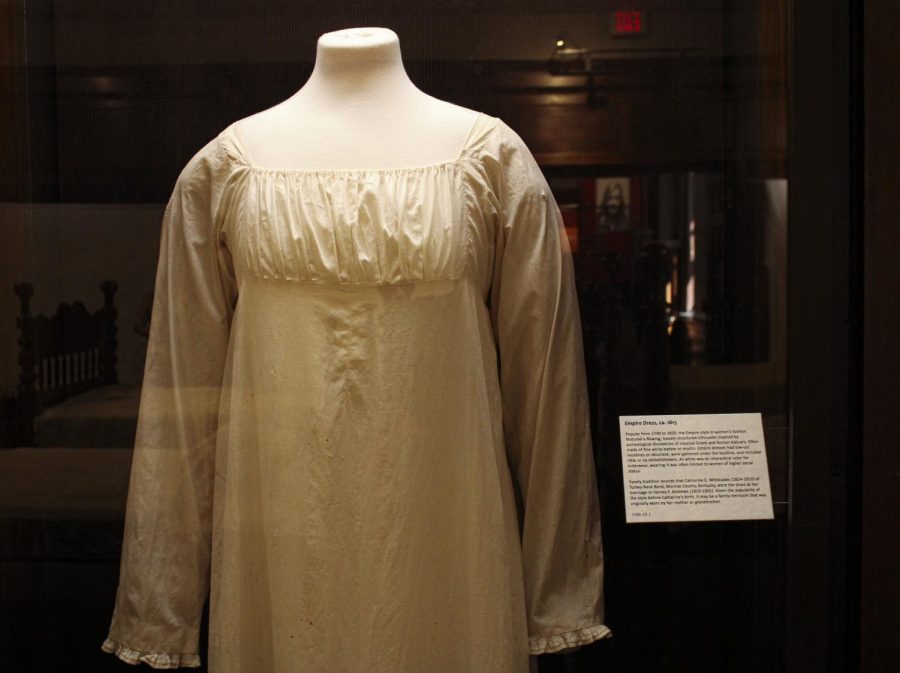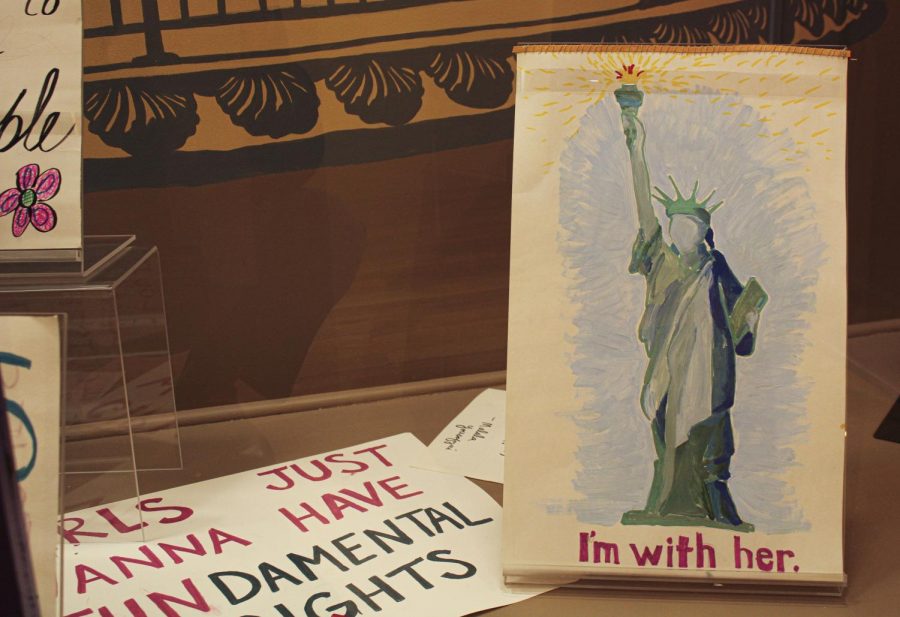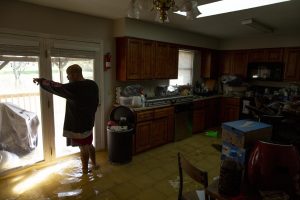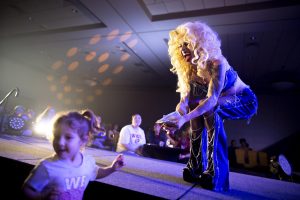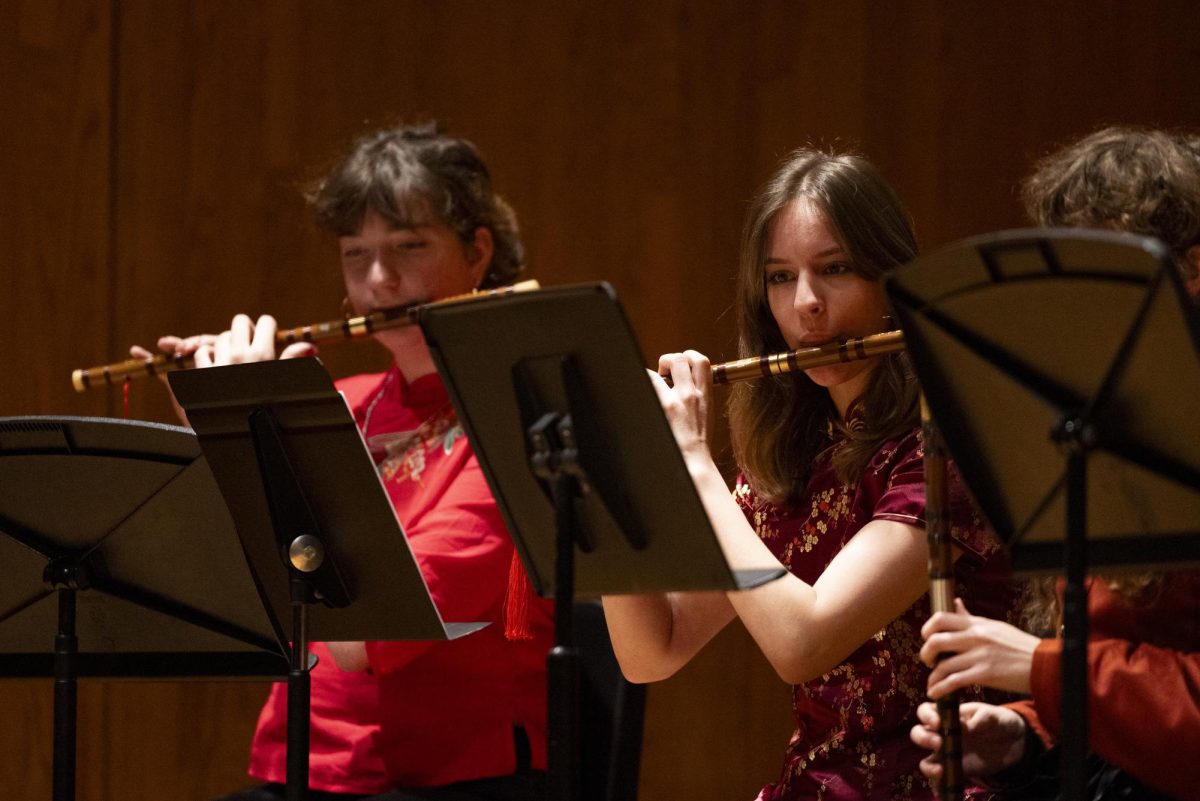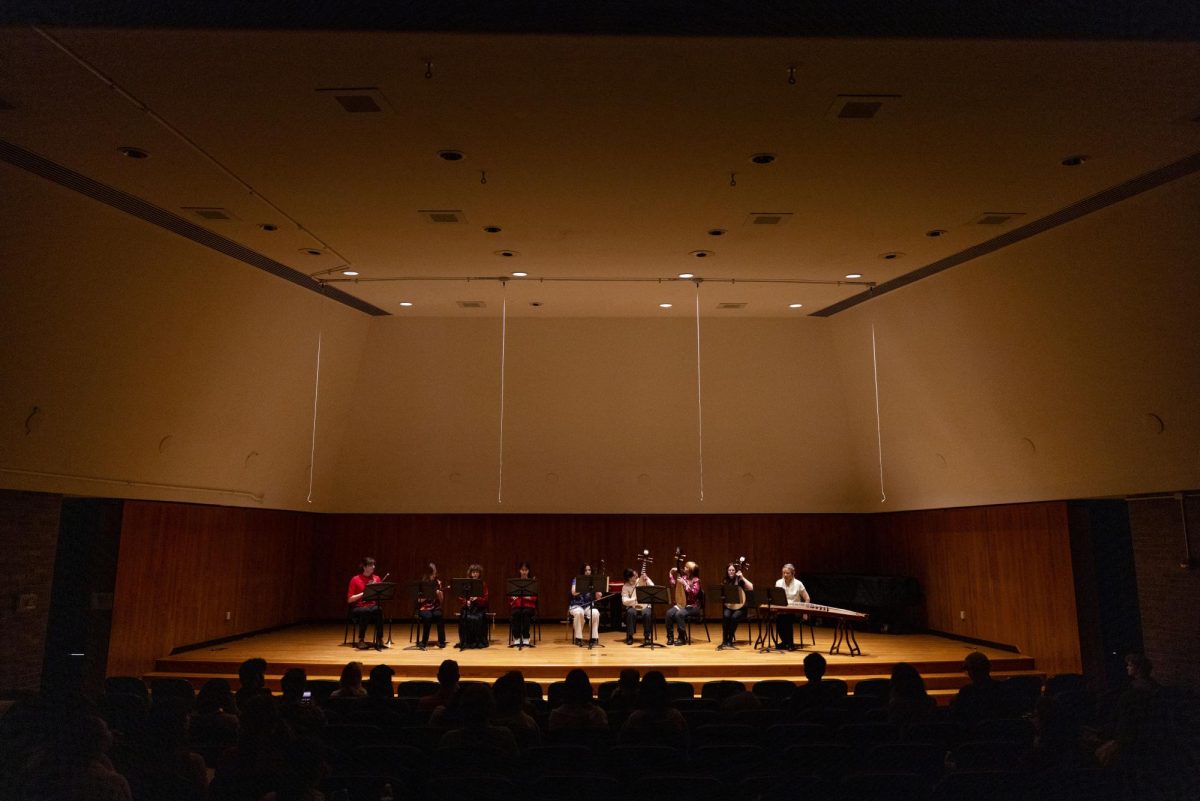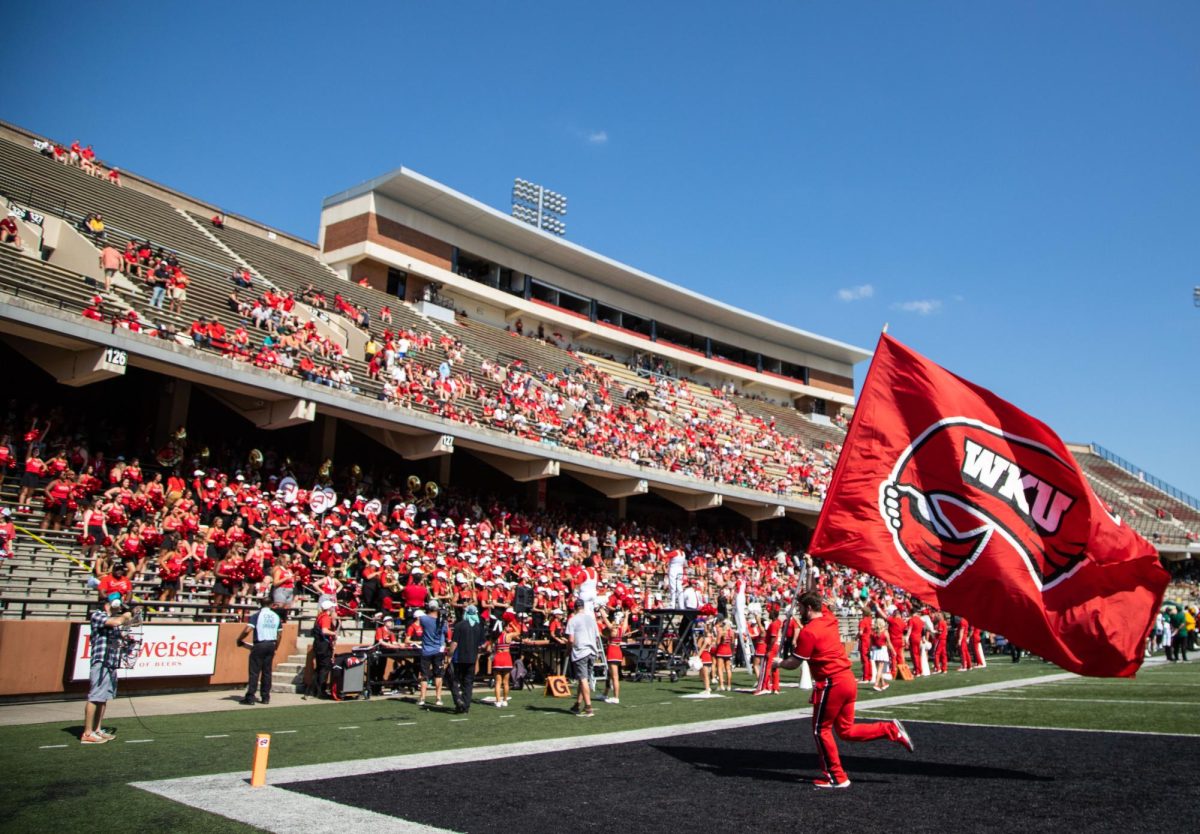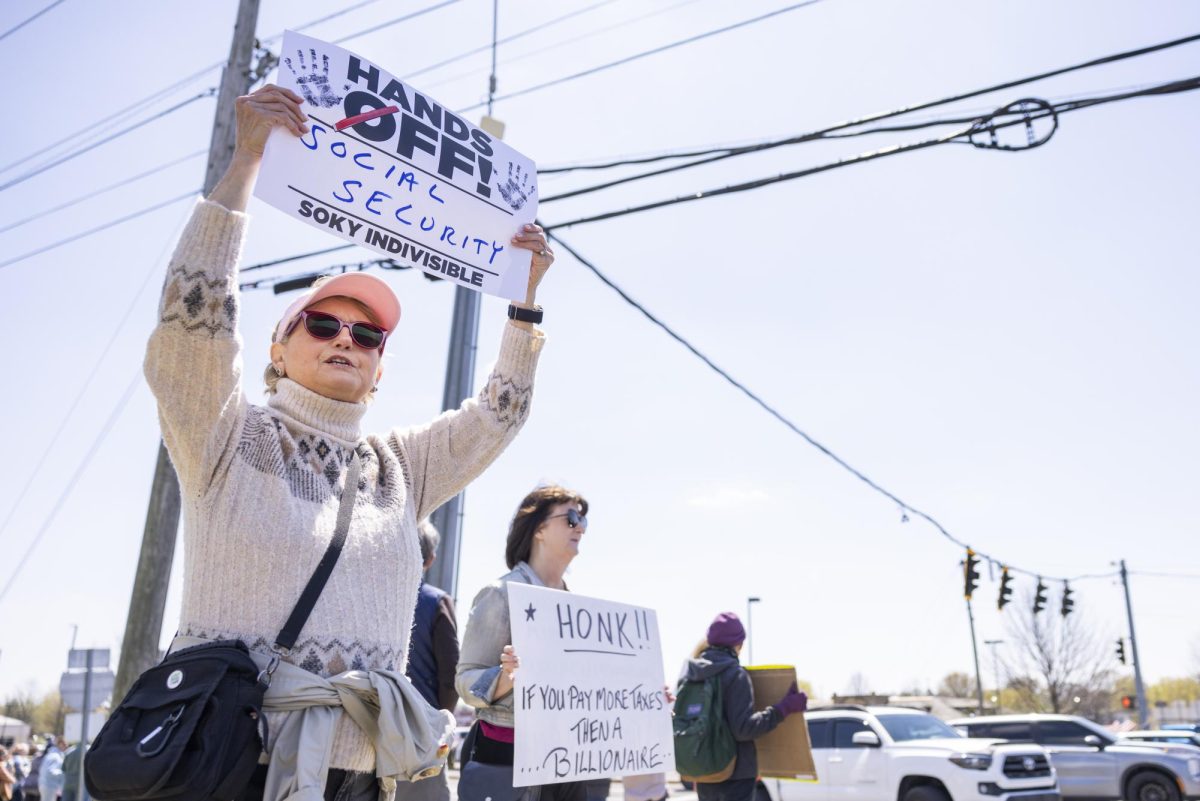New Kentucky Museum exhibits focus on women’s roles in politics
The empire dress was inspired by Greek and Roman statues. This style was popular in women’s fashion from 1790 until 1920.
June 28, 2021
Whitework: Women Stitching Identity, exhibited at the Kentucky Museum,combines American history with quilts, an art that was typically overlooked during the late 18th to mid 19th centuries. The exhibit will be open until Nov. 20.
The newest exhibit is one of several at the museum focusing on women’s direct involvement in politics.
The Kentucky Museum received grants in 2020 from the Quilters Guild of Dallas and the Kentucky Humanities Council for the production of Whitework: Women Stitching Identity. The grants allowed for three experts to help with the exhibit: Laurel Horton, a folklorist who served as editor of Uncoverings; Margaret Ordonez, a former professor and director of the Historic Textile Collection at the University of Rhode Island; and Kate Brown, a WKU assistant professor of history.
Sandy Staebell, the registrar and collections curator, said the textiles were a primary way through which women silently supported the political and economic development of the U.S. after the American Revolution. They boycotted British goods, including white embellished bed covers. Whitework textiles are often an elaborate arrangement of intricately stitched motifs expressed on white linens.
The quilts are displayed on beds made in Kentucky during the 19th century. Visitors enjoy seeing them displayed on beds rather than on racks, Staebell said.
“Many quilt displays are racks which can work beautifully,” she said. “We get a lot of comments from people who see a lot of quilt shows. They actually like seeing them exhibited in a little different way.”
Many of the surviving whitework examples were made between the American Revolution and the War of 1812, suggesting women made them as an act of patriotism.
One of the first quilts that someone sees when they enter the exhibit was hand-quilted by Rebecca Smith Washington, who was married to a nephew of George Washington. The quilt is a rare example of the influence of British quilts that were typically imported to the U.S. prior to the Revolution.
There are examples of newspaper advertisements for a school that taught stitching along with samples young girls did to develop stitching skills.
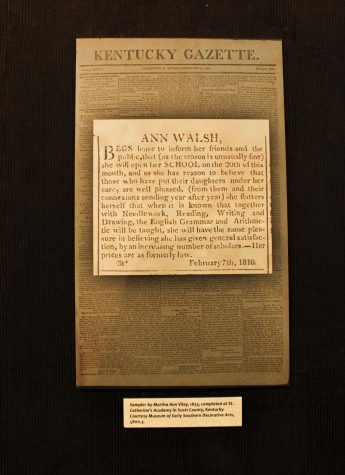
Most needlework schools in the state were in the Bluegrass region, where families had more wealth, Staebell said. Many samplers in the exhibit came from that region, although some were also made in western Kentucky.
While quilts are the biggest feature of the exhibit, two pieces of clothing are also on display. The empire dress is from the early 1800s, which Staebell referred to as the Jane Austen period.
The men’s trousers on display were typically worn by sailors and the working class, but trousers started being worn by all social classes in the 19th century. This specific pair of trousers was worn by a French immigrant and Kentucky resident at his wedding in 1800.
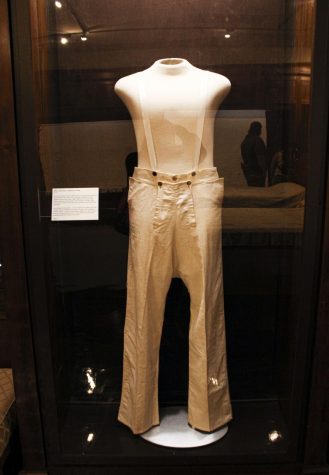
“White clothing wasn’t very practical,” Staebell said. “The empire period was influenced by 17th or mid-18th century discoveries of archaeological discoveries about Greece and Rome, and all those statues with free flowing garments.”
While history has come a long way from when women were making these quilts, only a few Kentucky women have made it into political office in that time.
Women currently hold 32 of the 138 seats in the Kentucky State Legislature, representing 23.2% of the entire General Assembly, according to the Kentucky Commission on Women. In Kentucky’s history, no woman has been elected to represent Kentucky in the U.S. Senate. Kentucky has elected two women throughout history to Congress. In 1927, Katherine Gudger-Langley became Kentucky’s first female congresswoman. The second woman came 70 years later in 1997. So far no women of color have been elected to Congress from Kentucky.
Two exhibits at the museum focus on women involved in politics: A Seat at the Table and Kentucky Women Rising.
“We had two exhibits open up in 2020 for the 100th anniversary of women’s suffrage here in America in the United States,” Staebell said. “Unfortunately with COVID, it really impacted our programming.”
COVID-19 caused the museum to shut down, and the museum didn’t reopen until February 2021.
A Seat at the Table displays posters of 11 different women who were elected to office in Kentucky. The exhibit starts with the first woman ever to be elected to the Kentucky House in 1921, Mary Elliott Flannery served from 1922-23. Flannery was the first woman to be elected to state legislature in a southern state.
Kentucky Women Rising focuses on the waves of feminism, using campaign buttons, protest posters and pantsuits to show how women have become more active in politics. Both of these exhibits will be open until May 2022.
“We have very large political memorabilia that we share with special collections,” Staebell said. “We were able to pull lots of things that show different women and their participation.”
Digital News Editor Debra Murray can be reached at debra.murray940@topper.wku.edu. Follow her on Twitter @debramurrayy



